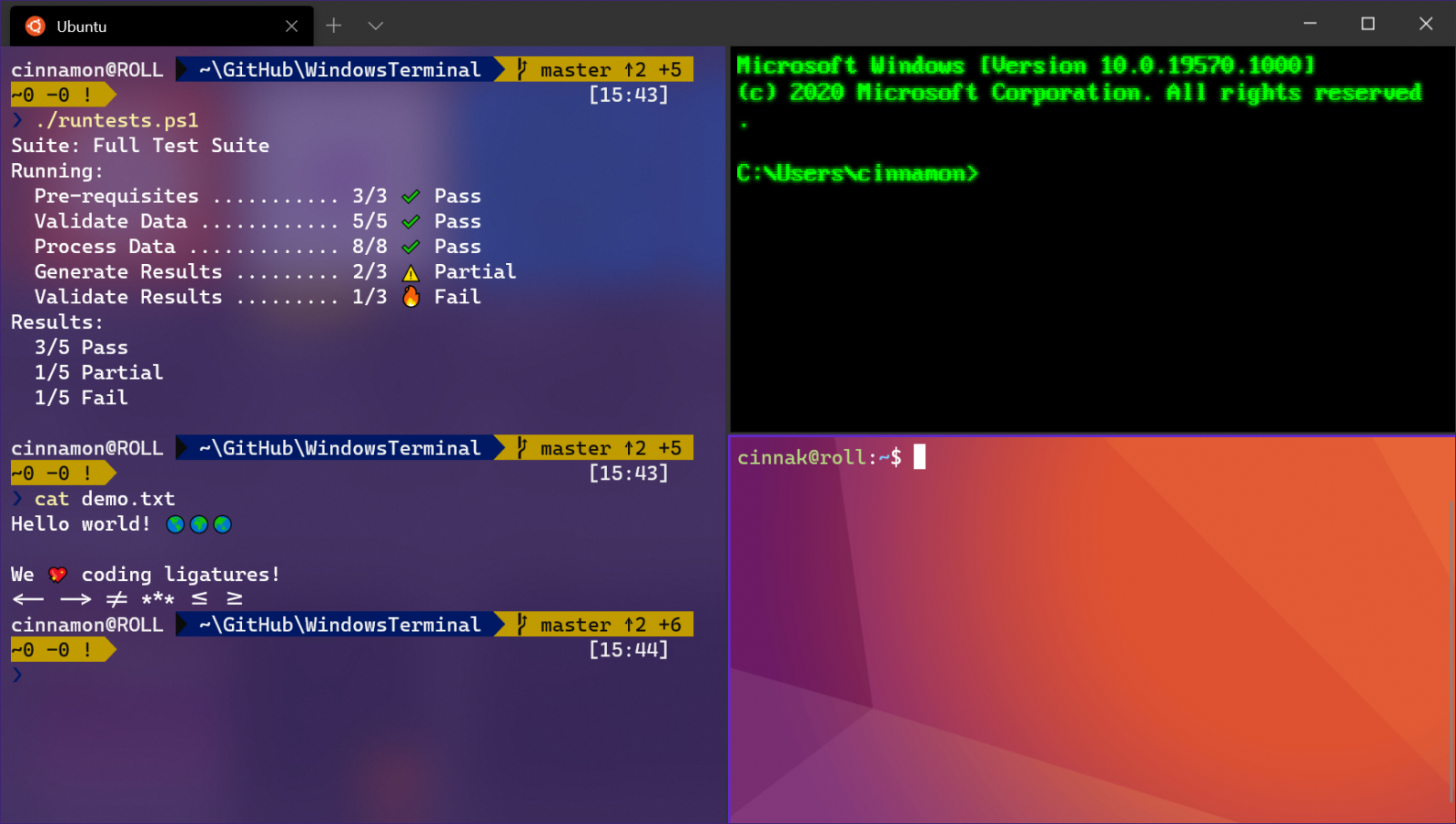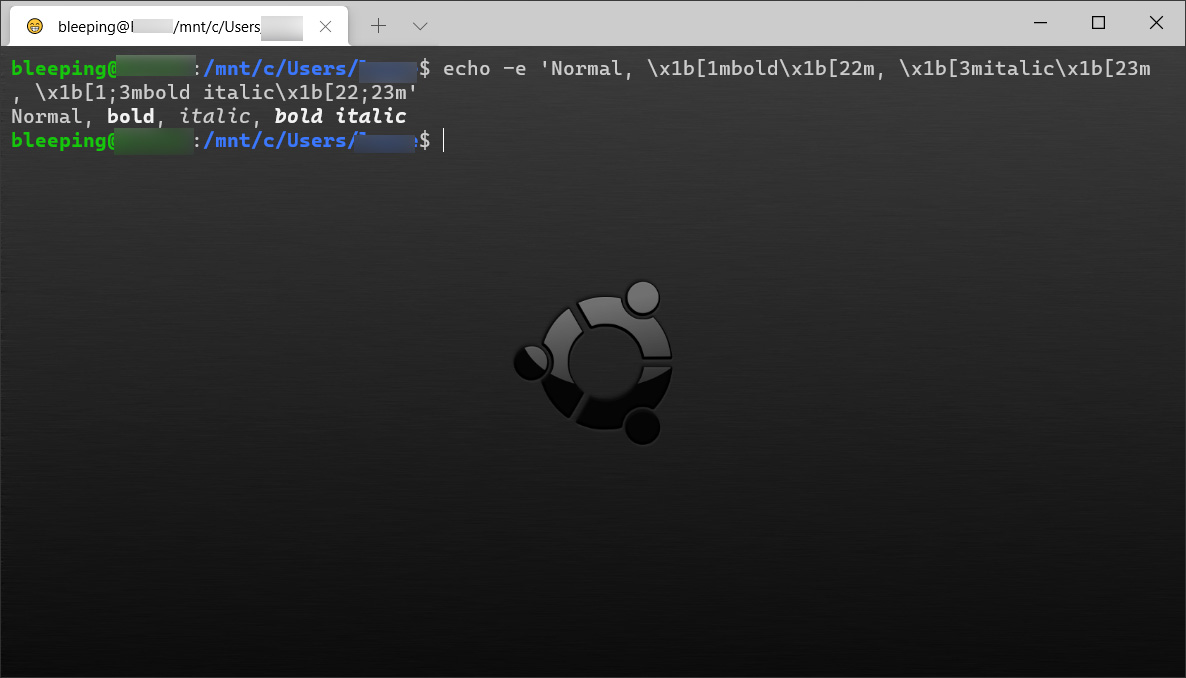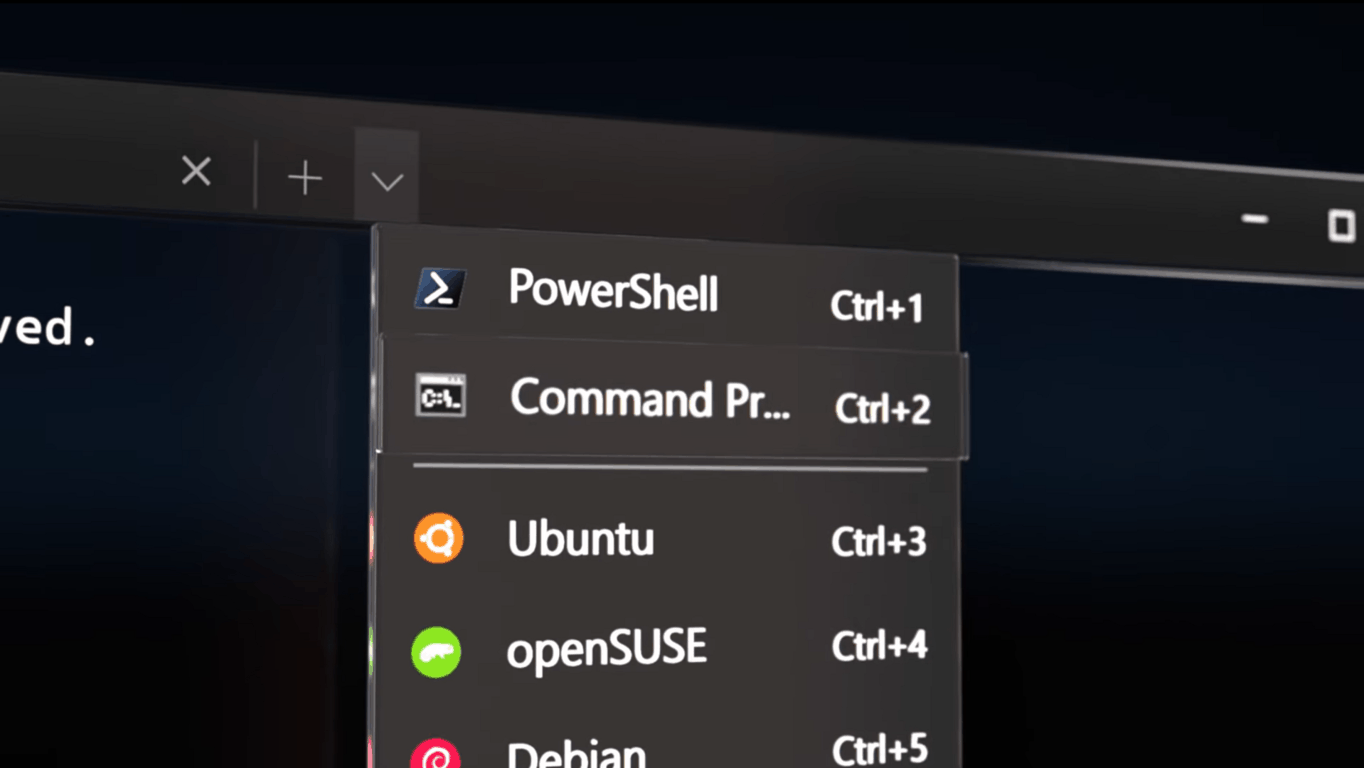
The Linux kernel also includes a number of security features that protect the system from malicious code. This isolation prevents one subsystem from interfering with or compromising the others. The subsystems are isolated from each other, and they can only interact with each other through well-defined interfaces. The kernel is divided into a number of subsystems, each of which is responsible for a specific area of the system’s functionality. This principle is reflected in the way that the Linux kernel is structured. One of the most important design principles of Unix is the principle of least privilege, which means that each process should have the minimum amount of privilege necessary to accomplish its task. The Linux kernel is based on the Unix kernel, and it shares many of the same features and design principles. The Linux kernel is the core of the operating system, and it is responsible for managing the system’s resources and providing a platform for applications to run on. Linux is a free and open-source operating system that is widely used on servers, desktops, and embedded devices.

They are also used by power users who want to customize their computing environment or automate tasks. Terminal windows are often used by developers and system administrators to execute commands and troubleshoot issues. In some applications, the lower pane may also be used for entering text.

The upper pane is used for entering commands, and the lower pane displays the output of those commands. A terminal window is typically divided into two panes.

In computing, a terminal window is a text-based window in a graphical user interface (GUI) that is used for entering commands, running text-based applications, and displaying the output of those commands.


 0 kommentar(er)
0 kommentar(er)
